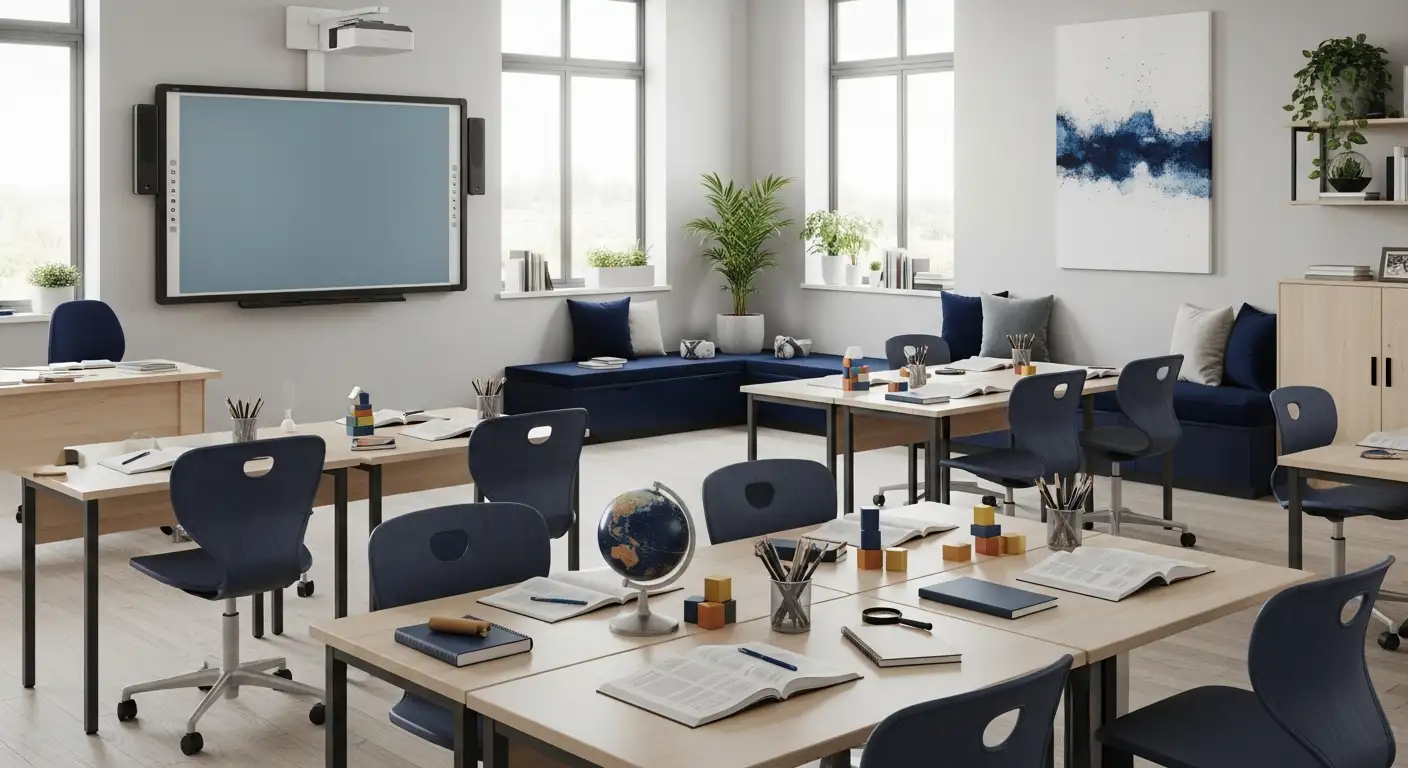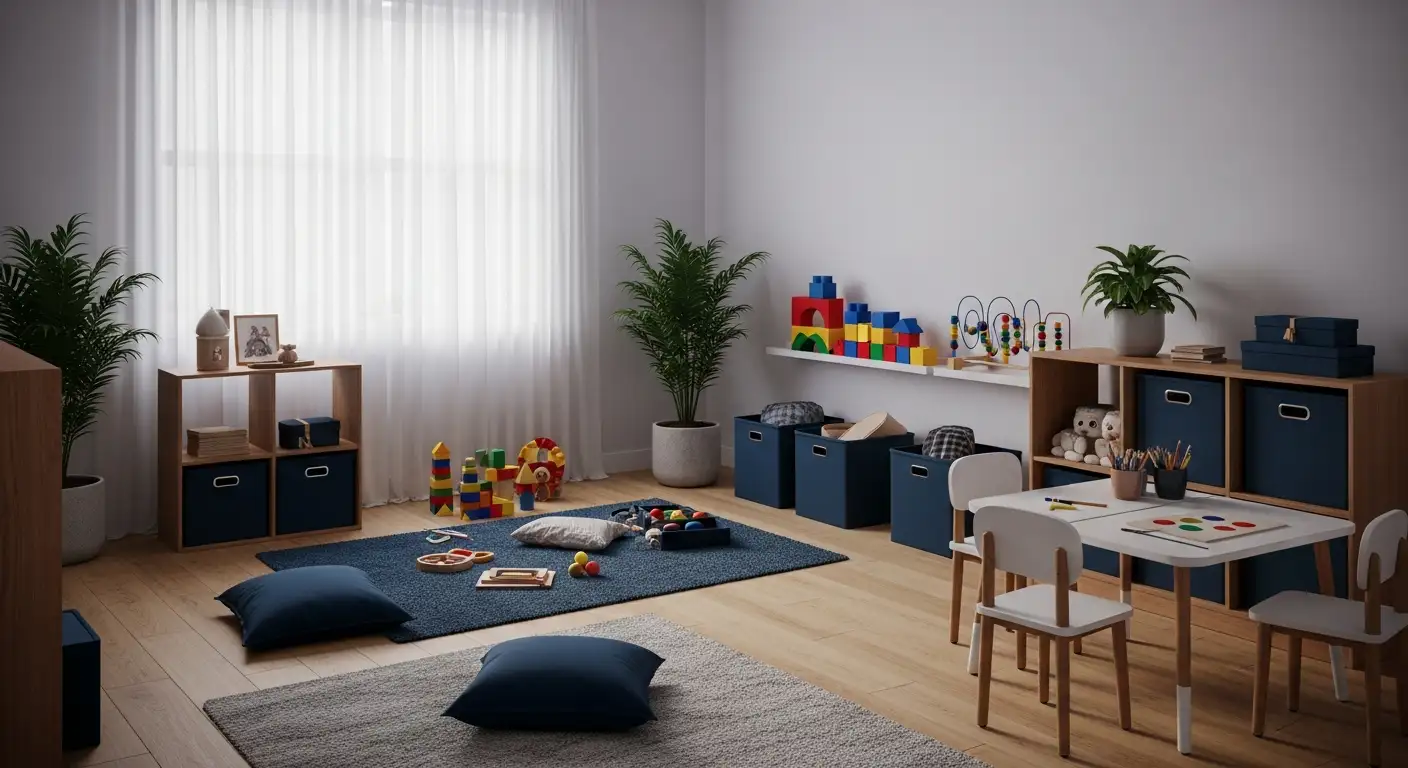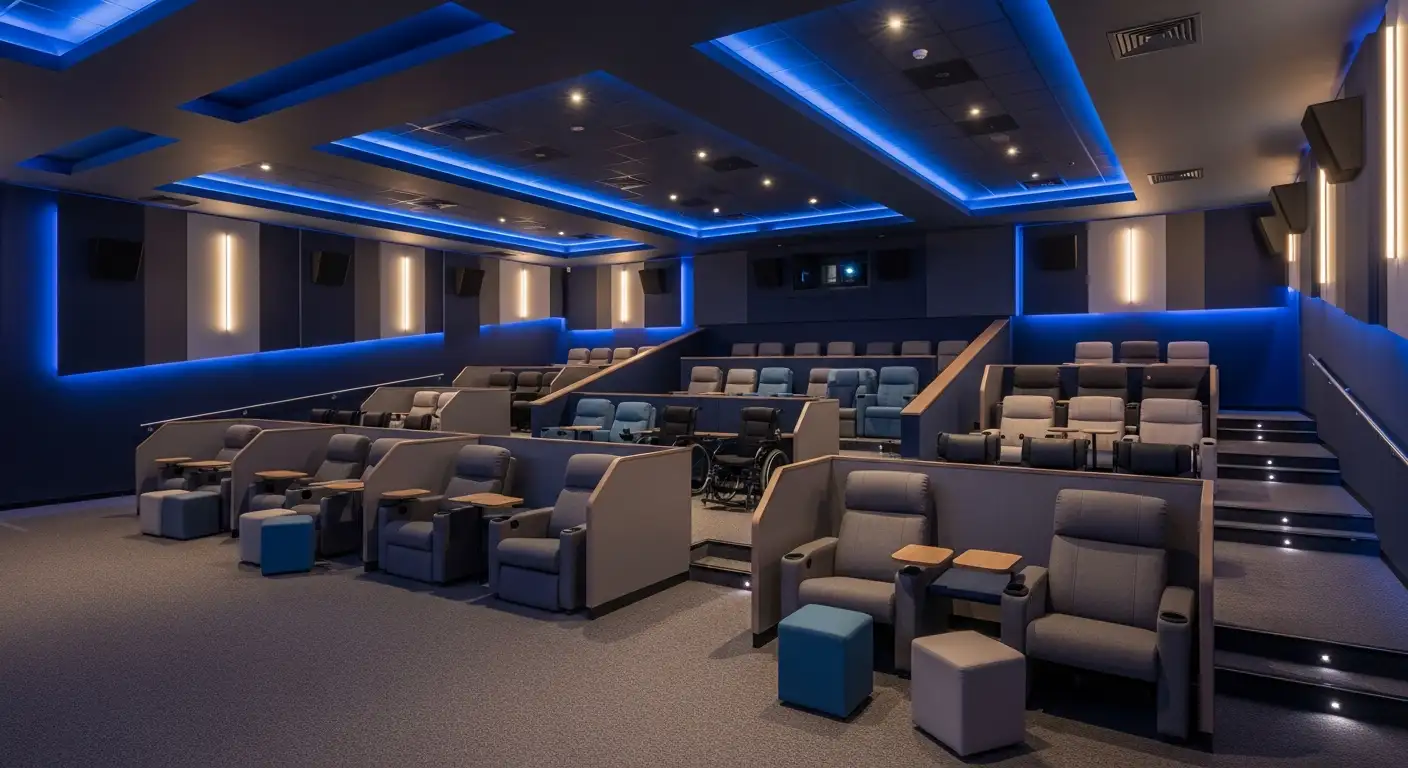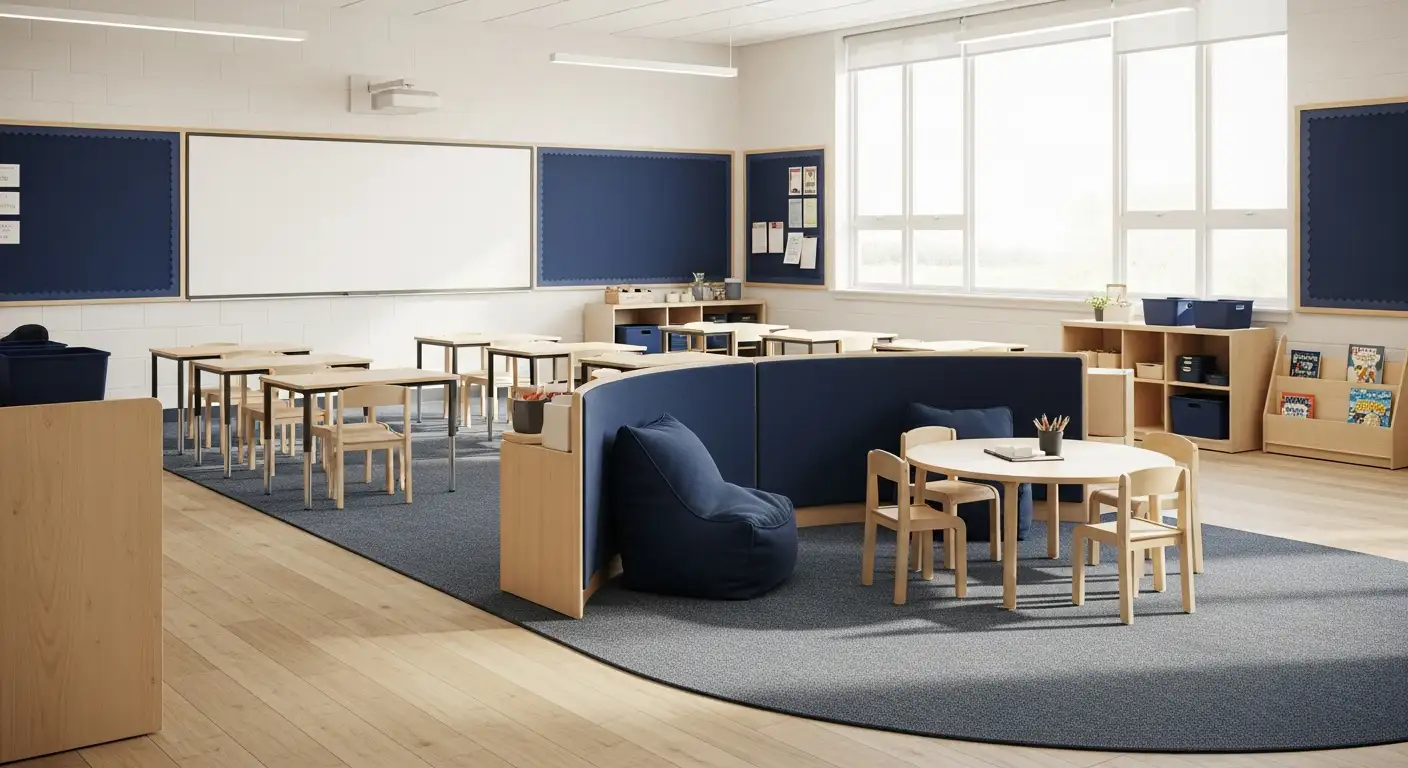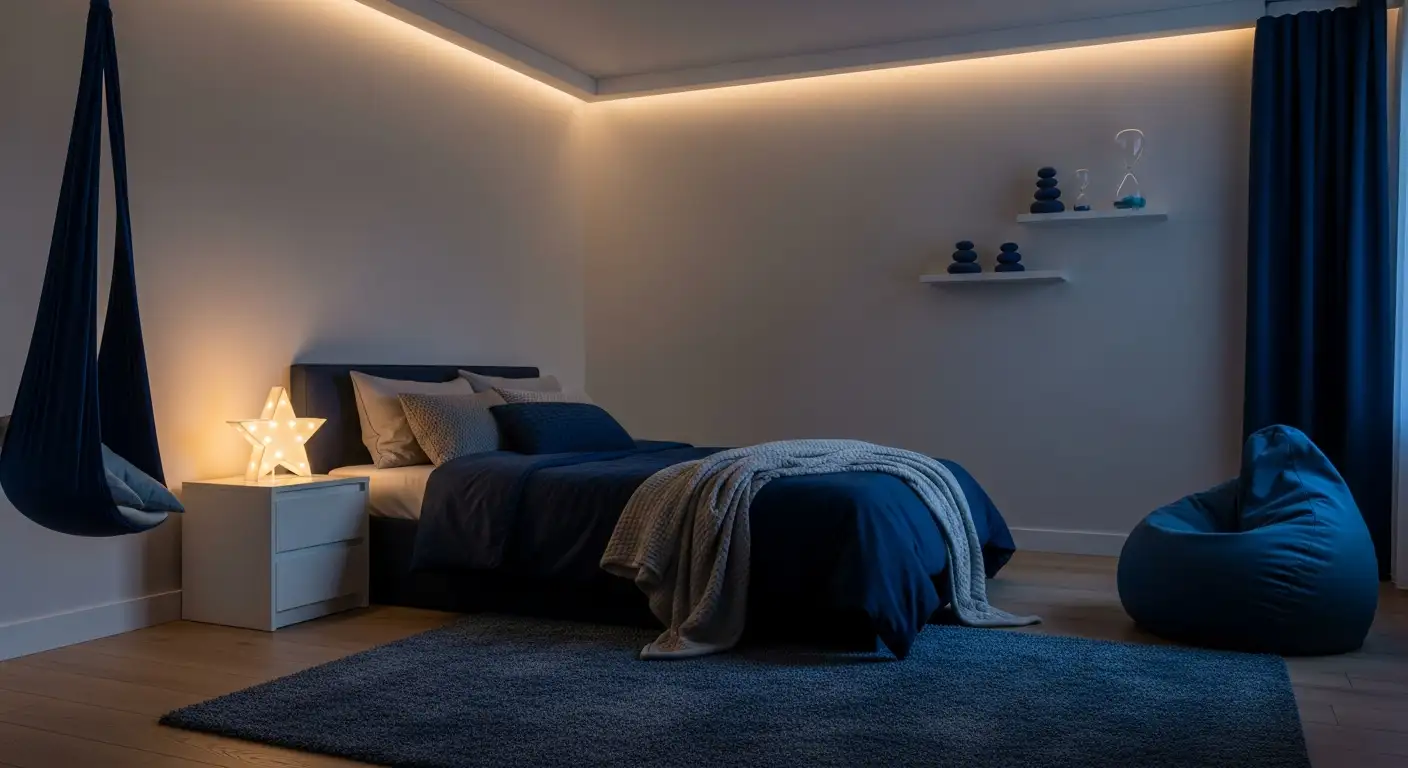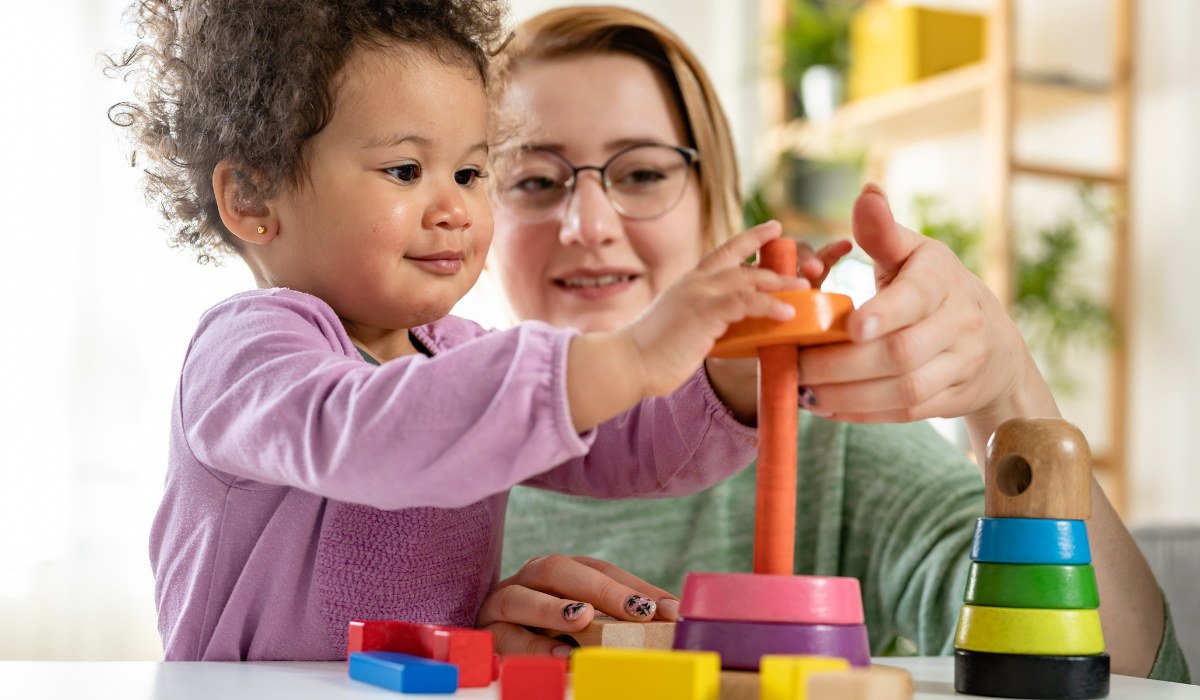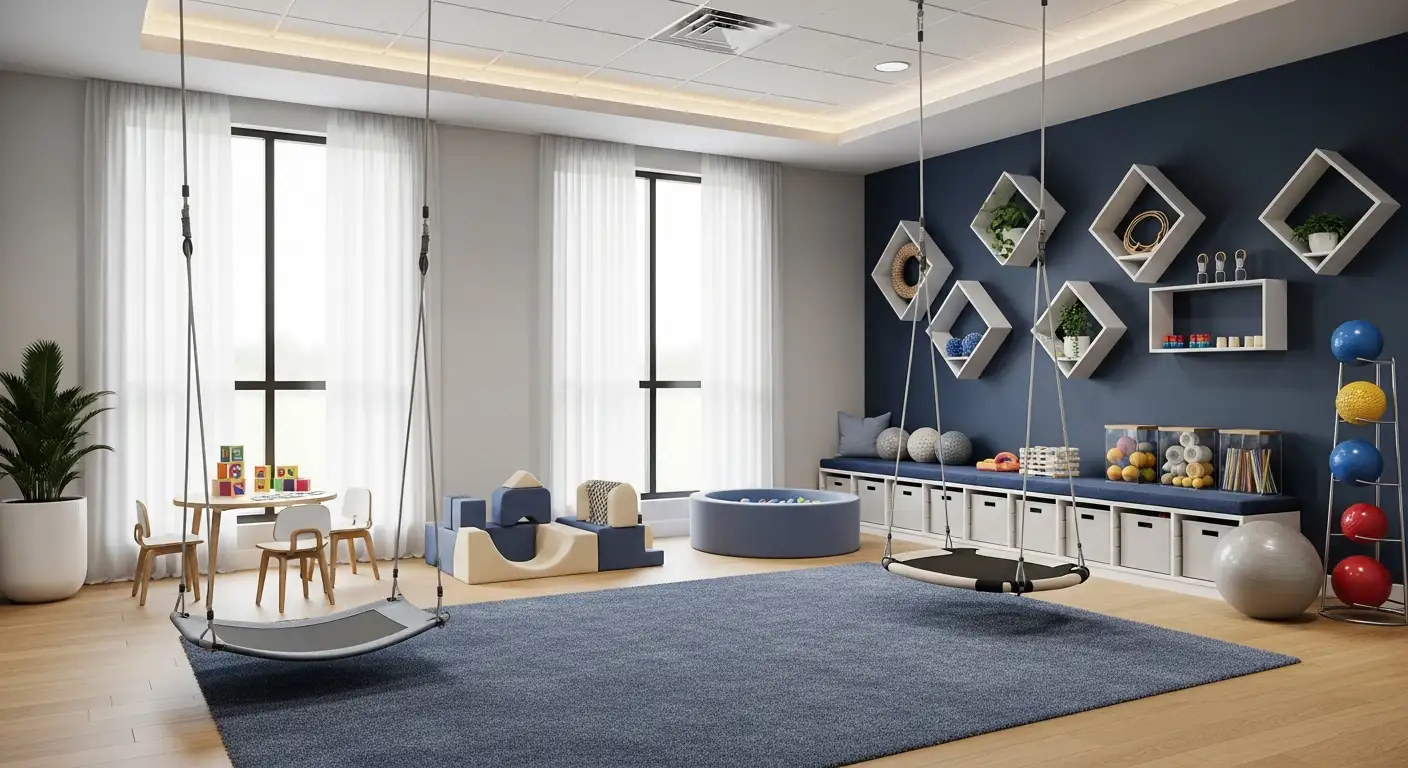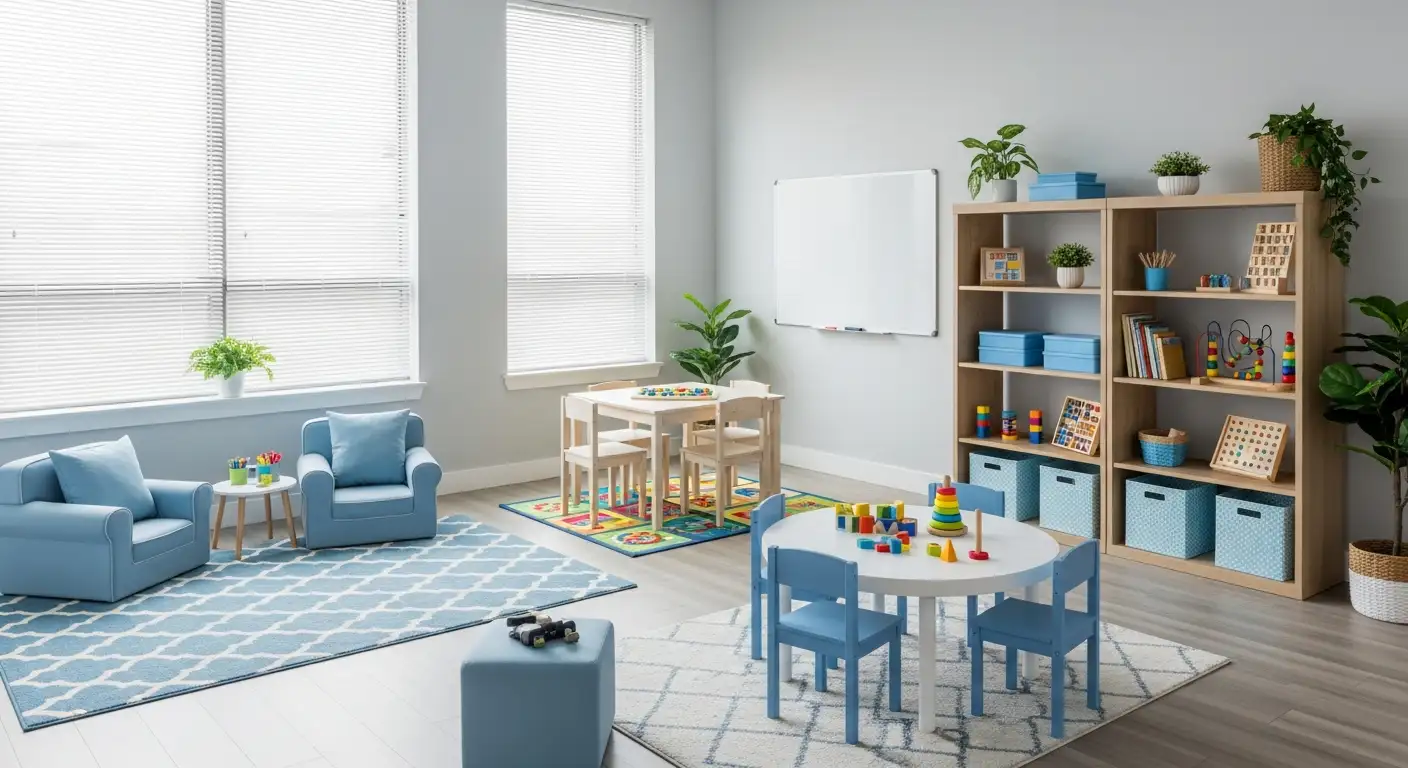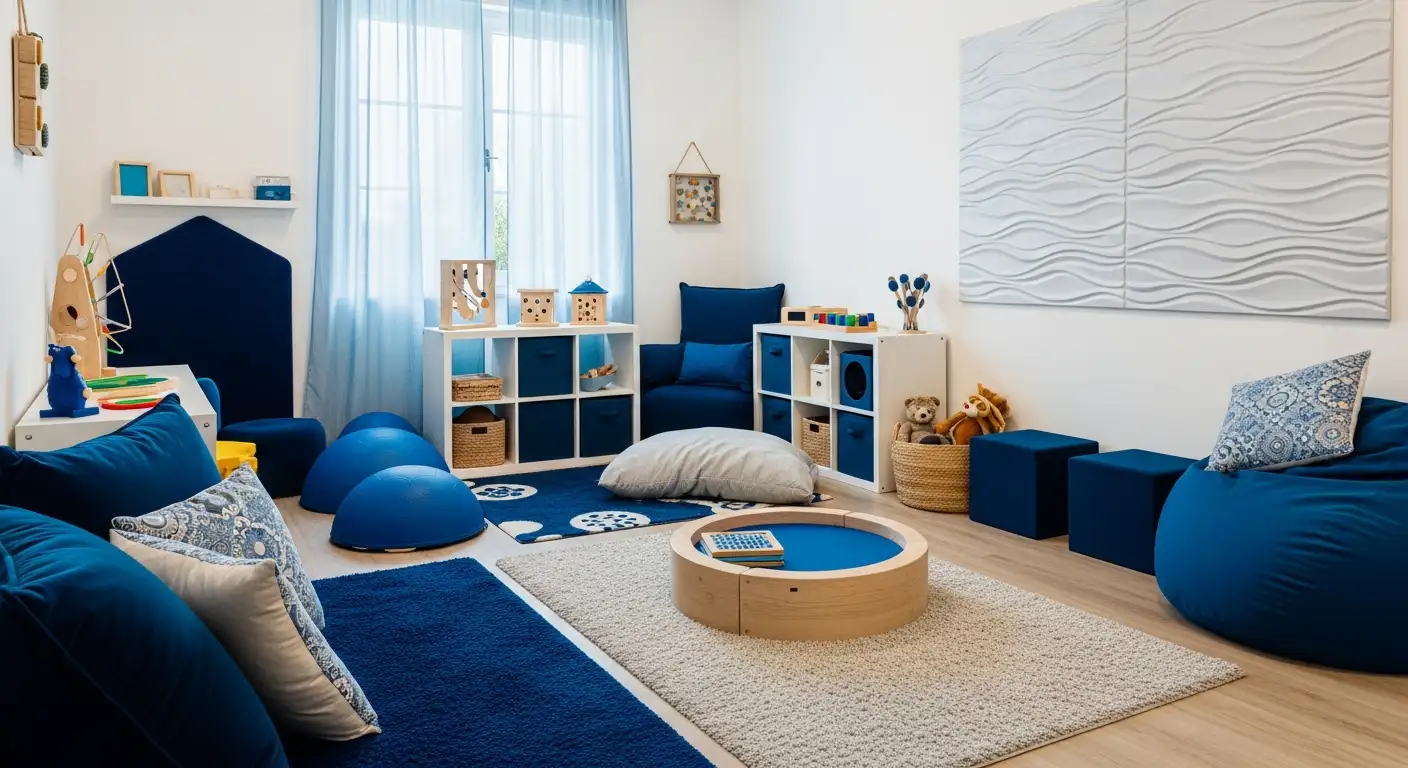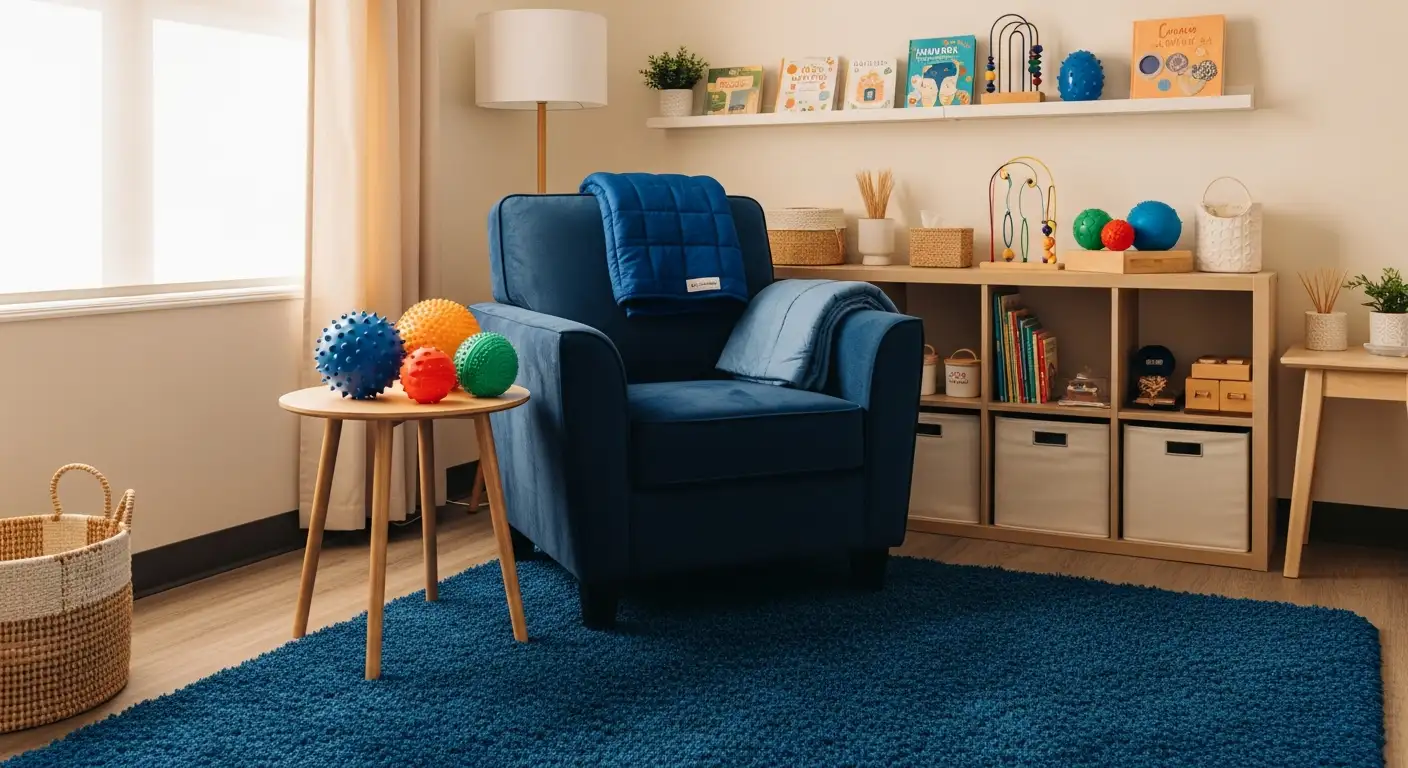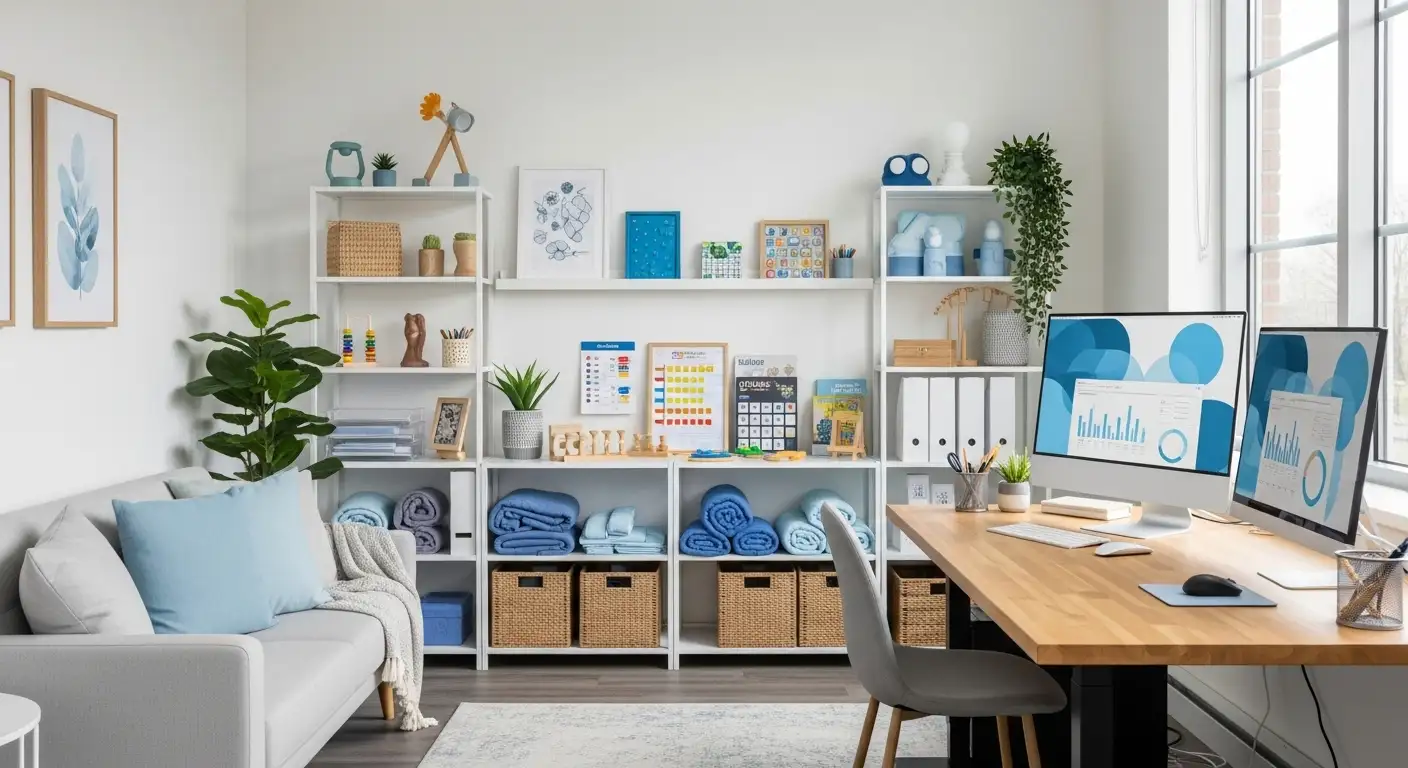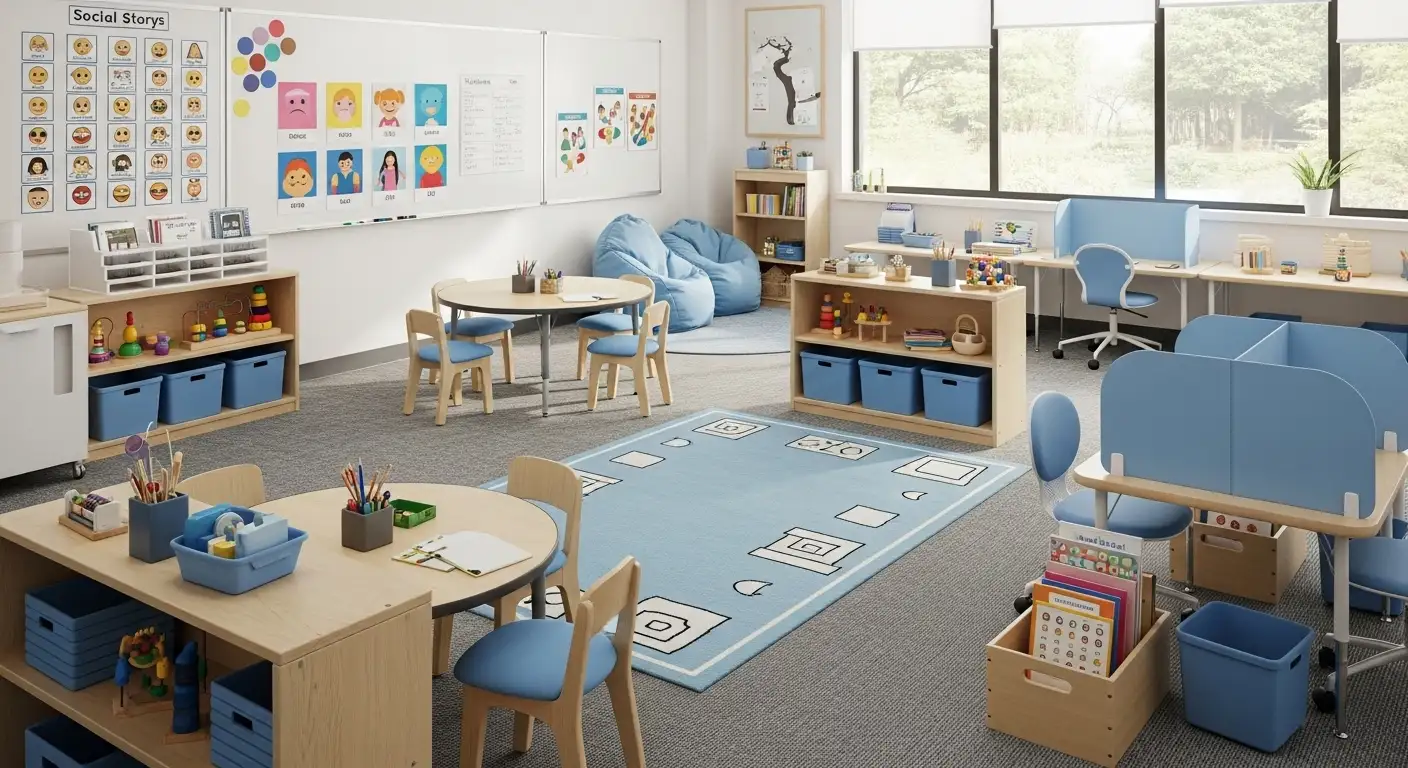The Role of Occupational Therapy in Sensory Integration
Transforming Lives Through Sensory-Rich Interventions

Understanding the Foundations and Impact of Sensory Integration in OT
Occupational therapy (OT) plays a pivotal role in addressing sensory processing challenges, especially through the framework of sensory integration (SI). Developed by Dr. A. Jean Ayres in the 1970s, SI emphasizes how the nervous system processes sensory inputs—such as tactile, vestibular, proprioceptive, auditory, and visual stimuli—to support adaptive behavior. This article explores the principles, assessment methods, techniques, and outcomes of sensory integration within occupational therapy, underscoring its significance in helping children and individuals with sensory processing disorders achieve greater independence and social participation.
Theoretical Foundations of Sensory Integration
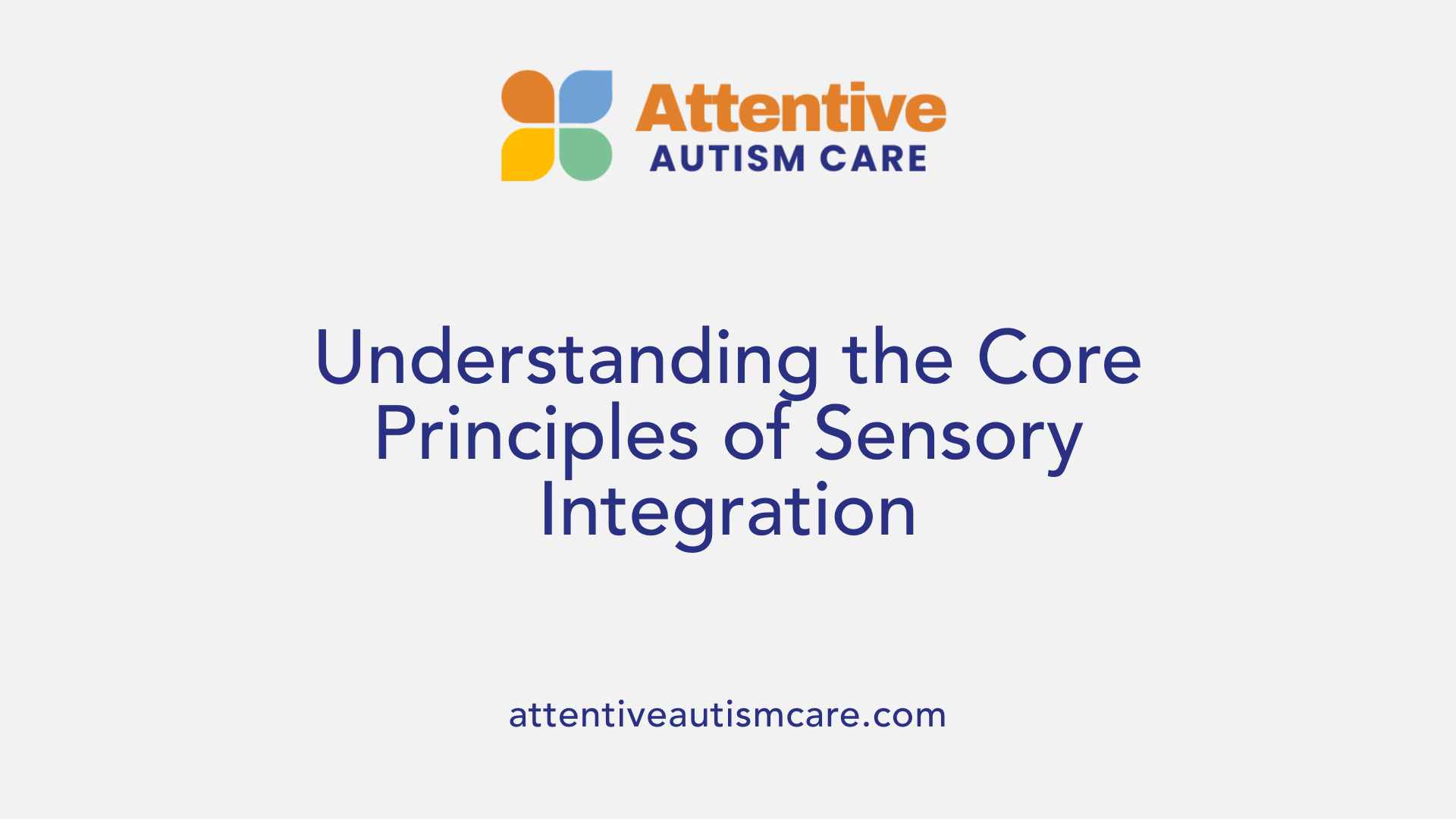
What is the sensory integration frame of reference in occupational therapy?
The Sensory Integration (SI) frame of reference in occupational therapy centers on how the brain processes sensory information from various systems—such as auditory, vestibular, proprioceptive, tactile, and visual—into coherent, adaptive responses. It recognizes that these sensory systems do not operate in isolation but interact to support a child's learning, motor development, and behavior.
Children possess an innate ability to respond appropriately to sensory input, which is essential for daily functioning and developmental progress. When these processes are disrupted, children may experience sensory processing difficulties, including hypersensitivities or hyposensitivities, which can affect their behavior and participation.
SI theory emphasizes several core abilities such as sensory modulation (the ability to regulate responses), discrimination (differentiating sensory stimuli), postural and ocular control, praxis (motor planning), bilateral integration, and sequencing. Together, these skills form the foundation for competent sensory responses.
Occupational therapists use this framework to assess sensory processing issues and design interventions that involve sensory-rich, play-based activities. These activities are tailored to meet individual needs and are carefully graded in intensity and complexity. The goal is to improve how the nervous system organizes and responds to sensory input, enhancing self-regulation, motor coordination, and behavioral organization.
Throughout therapy, graded sensory activities—such as swinging, deep-pressure input, and tactile exploration—are employed to promote neuroplasticity, enabling the brain to adapt and develop more adaptive responses. This approach is supported by research, including work by Schaaf et al. (2010), which outlines these principles to help children participate more fully in daily life.
In summary, the SI framework is a structured yet flexible approach that hinges on providing sensory experiences to facilitate brain organization and function. It aims to foster not only improved sensory processing but also greater independence, social participation, and overall developmental progress in children and individuals with sensory processing challenges.
Assessment and Evaluation Techniques
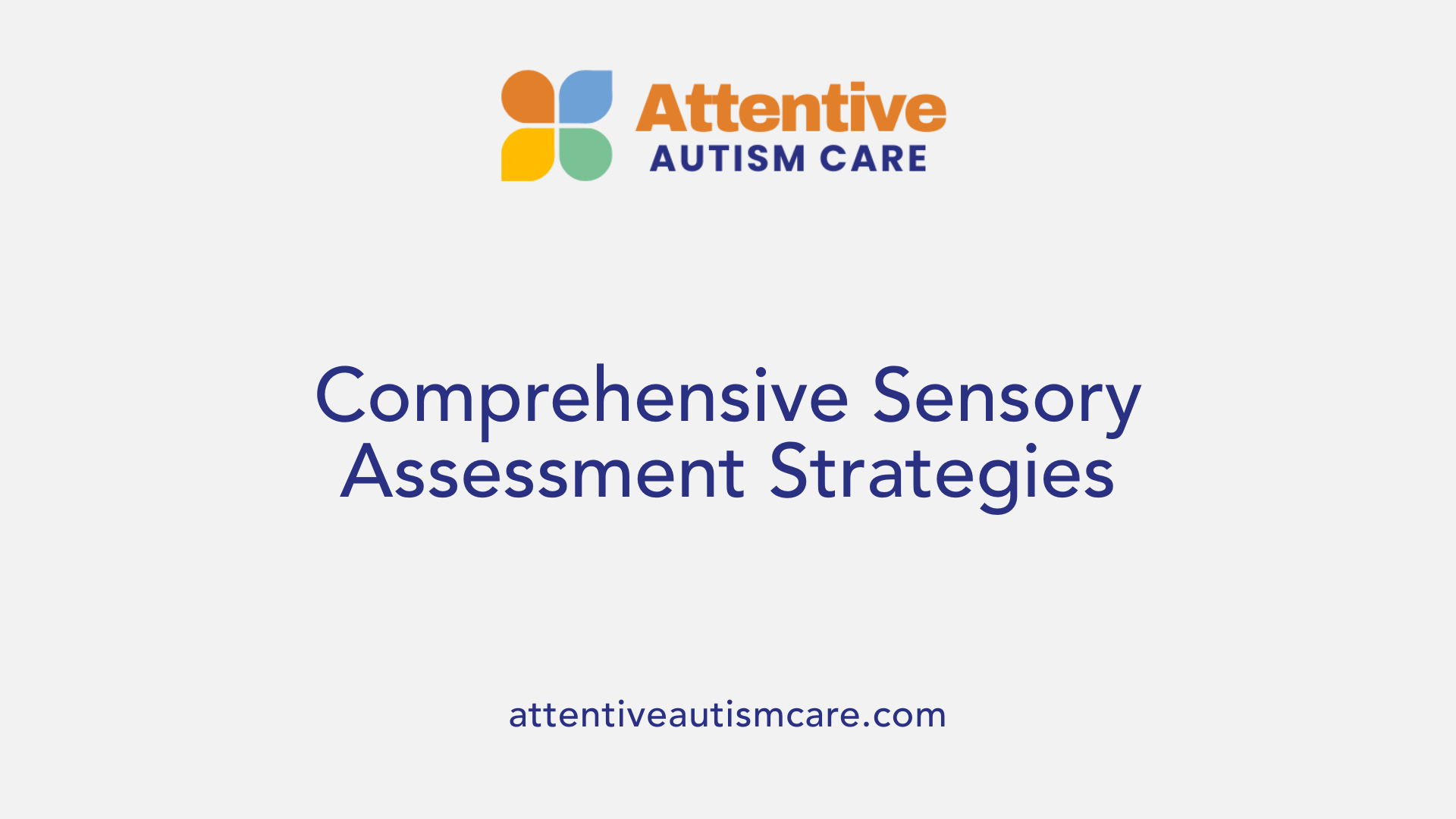
How do occupational therapists assess sensory processing issues?
Occupational therapists use a combination of standardized assessments, informal observations, and detailed developmental history reviews to evaluate sensory processing difficulties. A sensory assessment is typically completed as a standard part of an occupational therapy evaluation for children or young people who access OT.
They observe responses to various stimuli in different settings, noting overreactive or under-reactive behaviors, difficulties with balance, motor coordination, or sensory discrimination. These assessments help identify specific sensory defenses or cravings that may impact daily activities, learning, and behavior.
Standardized and informal assessment tools
Therapists often employ standardized tools such as the Sensory Processing Measure (SPM) and Sensory Integration and Praxis Tests (SIPT). These instruments provide structured ways to measure sensory processing across different modalities.
In addition to formal tests, therapists gather information through caregiver interviews and hands-on observation, which offer insights into how children respond in natural environments like home or school.
Developmental history review
A comprehensive review of the child's developmental history helps therapists understand the timeline and evolution of sensory processing challenges. This background informs treatment planning and helps differentiate sensory issues from other developmental concerns.
Observation of responses to sensory stimuli
Occupational therapists observe how children react to a variety of sensory inputs, such as tactile, vestibular, and proprioceptive stimuli. These responses can include sensory defensiveness, sensory-seeking behaviors, or fluctuations in arousal levels. The goal is to create a detailed sensory profile, which guides individualized intervention strategies.
| Assessment Type | Purpose | Examples | How It Guides Treatment |
|---|---|---|---|
| Standardized Tools | Quantify sensory processing difficulties | SPM, SIPT | Establish baseline and measure progress |
| Informal Observation | Understand natural responses in environment | Play, daily routines | Identify triggers and preferred stimuli |
| Developmental History Review | Contextualize sensory challenges within development | Parent interviews, history charts | Tailor interventions to child's unique profile |
By combining these methods, occupational therapists can develop a comprehensive understanding of each child's sensory needs and craft effective, personalized treatment plans.
Techniques and Activities in Sensory Integration Therapy

What are common techniques and activities used in sensory integration therapy?
Sensory integration therapy employs a variety of targeted activities and techniques designed to give children controlled sensory experiences that help them regulate their responses and enhance their overall functioning. These activities are carefully chosen based on each child's unique sensory profile, allowing therapists to address specific sensitivities or under-responsiveness.
A central element of the therapy involves play-based exercises. These include swinging on playground equipment, spinning in rotational devices, and vestibular stimulation activities that promote balance and spatial awareness. Such activities can be calming for some children or alerting for others, helping to modulate their nervous system's arousal levels.
In addition to movement, deep pressure techniques play a significant role. Protocols like the Wilbarger brushing method involve using brushes or other tactile tools to provide calming tactile input. Weighted vests, blankets, and squeezes are also commonly used to deliver firm, yet comforting, proprioceptive input that can reduce anxiety and improve focus.
Occupational therapists frequently incorporate tactile activities such as textured toys or sensory bins filled with various materials, oral motor exercises involving chewy or crunchy foods for sensory input in the mouth, and visual stimulation tasks that train visual discrimination and attention.
Motor planning activities, including obstacle courses or tasks that require sequencing movements, help improve coordination and organization of actions. Calming strategies may involve calming music, breathing exercises, or quiet, sensory-friendly spaces that serve as a break from overstimulating environments.
Environmental modifications are also vital. Creating sensory diets—a tailored set of daily activities designed to meet the child's sensory needs—helps maintain regulation throughout the day. These might include regular movement breaks, sensory-friendly lighting, or noise-canceling headphones.
All these techniques are administered by trained professionals, such as occupational or physical therapists, who monitor progress and adjust activities to ensure maximum benefit. The overarching goal of these interventions is to enhance sensory processing, motor development, and self-regulation, helping children better manage daily challenges and improve their participation in everyday life.
Principles of Sensory Integration Therapy
 Sensory integration therapy is rooted in the understanding that our sensory systems—touch, movement, sight, sound, and balance—develop through interconnected processes rather than in isolation. A fundamental principle is that providing appropriately tailored sensory experiences can help the brain organize and respond to sensory input more effectively.
Sensory integration therapy is rooted in the understanding that our sensory systems—touch, movement, sight, sound, and balance—develop through interconnected processes rather than in isolation. A fundamental principle is that providing appropriately tailored sensory experiences can help the brain organize and respond to sensory input more effectively.
One of the core aspects of this approach is that activities are child-led and playful, ensuring that children feel engaged and motivated. Using play encourages children to explore their environment while naturally experiencing different types of sensory input.
Therapists design graded sensory activities that progressively increase in complexity or intensity, matching the child's developmental level. These activities aim to foster sensory modulation—the ability to regulate responses to sensory stimuli—and sensory discrimination—the skill to differentiate between different sensory inputs.
Moreover, therapy promotes the integration of multiple sensory modalities simultaneously. For example, combining tactile input with movement or auditory stimuli helps build a more cohesive sensory processing system. Equipment such as swings, textured brushes, or obstacle courses are often used to provide diverse sensory experiences.
By focusing on these principles, sensory integration therapy supports the development of adaptive behaviors. It helps children achieve better self-regulation, enhances their ability to focus, and improves their social interactions. Overall, the goal is to build a more organized and efficient sensory system, enabling children to respond more appropriately to their environment and improve their daily functioning.
Role of Occupational Therapists in Sensory Integration
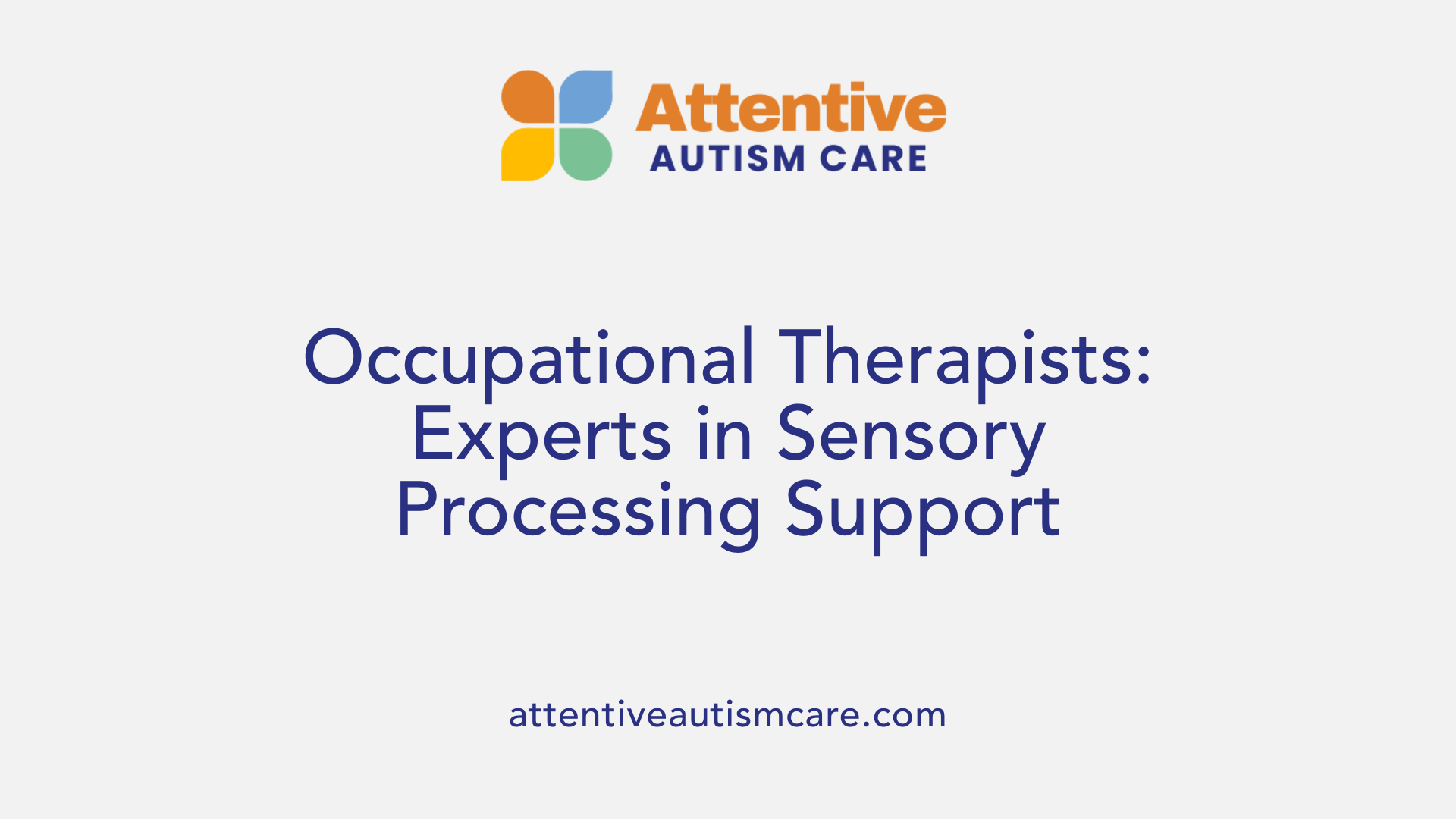
What is the role of occupational therapists in sensory integration therapy?
Occupational therapists (OTs) are central to diagnosing and treating sensory processing issues. They assess how sensory input affects a child's behavior and development through detailed observations, developmental histories, and standardized tools.
Once an assessment is complete, OTs develop individualized treatment plans tailored to each child's unique sensory profile. These plans often include sensory integration therapy activities that aim to improve sensory processing, organization, and motor planning.
During therapy sessions, occupational therapists implement playful, sensory-rich activities such as swinging, brushing, or obstacle courses. These interventions help children better regulate their responses to environmental stimuli and develop essential daily skills.
Beyond direct treatment, OTs educate families and caregivers on strategies to support sensory regulation at home. They often teach families how to create sensory diets—customized routines involving activities like weighted vests or calming sensory breaks—to reinforce therapy gains.
In summary, occupational therapists serve as both clinicians and guides, diagnosing sensory issues, designing personalized therapy interventions, executing these programs in engaging ways, and empowering families with tools to promote ongoing success.
Outcomes and Benefits of Sensory Integration Therapy
Sensory integration therapy, also known as Ayres Sensory Integration, is a targeted intervention designed to help individuals better process sensory information and respond adaptively. Performed mainly by occupational therapists, this therapy incorporates playful, sensory-rich activities and tools like swings, trampolines, and weighted objects to stimulate the vestibular, tactile, proprioceptive, and other sensory systems.
A primary goal is to enhance self-regulation and emotional control. Children often learn to modulate their reactions to sensory stimuli, reducing behaviors such as meltdowns, tantrums, or withdrawal. This improved regulation supports more stable mood states and better coping skills.
In addition, sensory integration therapy fosters greater social participation. As children develop the ability to interpret sensory cues accurately, they tend to engage more confidently with peers and adults, improving communication and social skills.
Motor and cognitive abilities also benefit from this approach. Activities that promote balance, coordination, and spatial awareness contribute to enhanced motor skills. Cognitive functions like attention, planning, and sequencing are supported as children learn to respond appropriately to sensory input during structured tasks.
Furthermore, the therapy aims to increase independence in daily routines. Improved sensory processing enables children to perform self-care activities such as dressing, feeding, and grooming with greater ease, fostering a sense of autonomy.
While scientific evidence presents mixed results regarding the long-term effectiveness of sensory integration therapy, many families and practitioners observe positive changes in behavior, motor skills, and daily functioning. These benefits underscore its role as a personalized, play-based treatment to support individuals with sensory processing difficulties and promote a higher quality of life.
Empowering Through Sensory-Based Strategies
Occupational therapists are central to the effective application of sensory integration principles, assessments, and interventions. By tailoring sensory-rich activities and environments to individual needs, OT fosters improved self-regulation, social participation, and functional independence. While the scientific community continues to explore the long-term efficacy of sensory integration therapy, its benefits—seen through enhanced adaptive responses and quality of life—are well documented in clinical practice. As awareness increases and evidence accumulates, occupational therapy remains a vital resource for individuals navigating sensory processing challenges, empowering them to engage more fully with their world.
References
- Sensory Integration - StatPearls - NCBI Bookshelf
- How Can Occupational Therapy Help with Sensory Issues?
- How Occupational Therapy Supports Children with Sensory ...
- Sensory Integration Frame of Reference - OT Theory
- Treating Sensory Processing Issues - Child Mind Institute
- What Are Sensory Processing Difficulties? | SIE
- Using Sensory Integration Therapy in Occupational Therapy | JAG PT
- Occupational Therapy Interventions for Children and Youth With ...
- Occupational Therapy for Sensory Processing Disorder - ASD Clinic
- Sensory Integration Therapy - HealthyChildren.org








